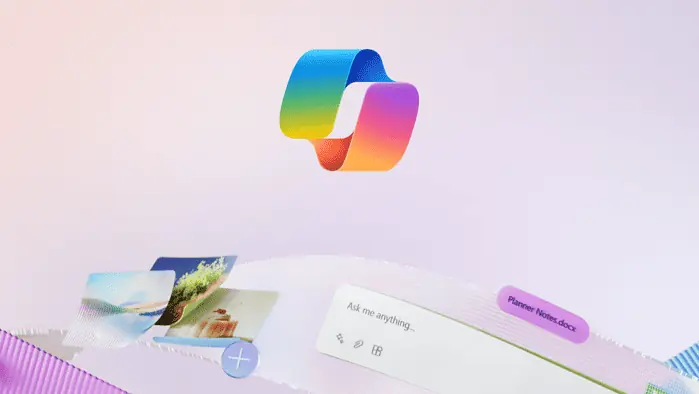What's the difference between Microsoft Edge, Bing, and Copilot mobile apps?
It can be confusing sometimes.
Key notes
- Microsoft has a history of perplexing names sometimes.
- Things could get pretty sticky, especially after plenty of confusing rebranding.
- Here’s the difference between the Microsoft Edge, Bing, and Copilot mobile apps.

We get it. Microsoft, known for its sometimes confusing naming conventions, might be setting itself up for another user headache. With multiple “Copilot” options (Free, Pro, and Copilot for Microsoft 365) and the “Bing Image Creator” changing its name, things could get pretty sticky.
Now, ever since the Redmond tech company launched the Copilot mobile app, users have been confused: there’s the Microsoft Edge mobile app, which now has an “AI browser” label on it, there’s the Bing app, and the Copilot app. The burning question now is, what’s so different about them?
Microsoft Edge is self-explanatory: a mobile web browser. Beyond standard web browsing, Edge goes further with cross-platform syncing and the unique integration of Copilot’s AI capabilities. You can also access Copilot through the browser.
While it’s a search engine, Microsoft’s Bing app also acts as a “central hub” for various services, including Bing search, Microsoft Start news, and other web tools under the Bing/MSN umbrella. Additionally, it offers integrated access to the Copilot AI assistant, previously known as “Bing Chat,” and has an integrated browser that’s … not so good.
Copilot, powered by the free-to-use GPT-4 language model, offers a range of AI functionalities similar to other web-based chatbots. These include image generation with Image Creator, efficient web searches, long-form text summarization, and more.
So, which one should you download? That depends on what you need. Do you need a web browser, a search engine, or an AI chatbot?
Read our disclosure page to find out how can you help MSPoweruser sustain the editorial team Read more




User forum
0 messages